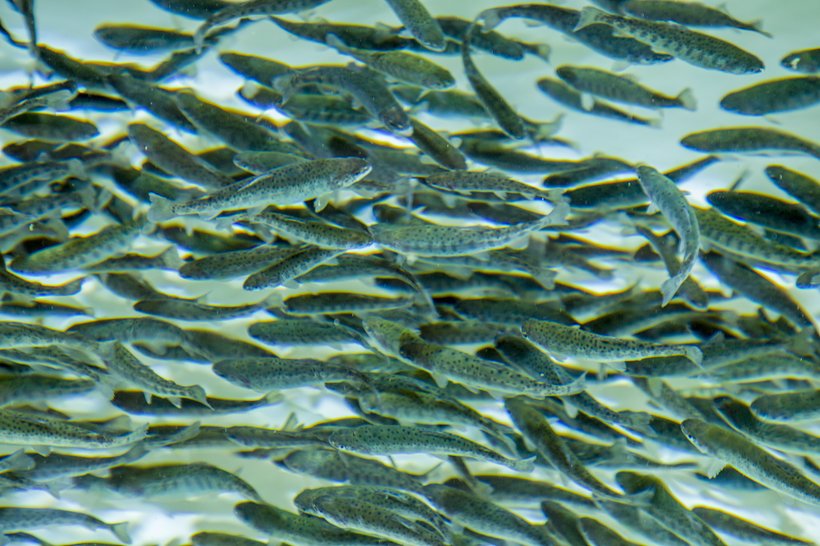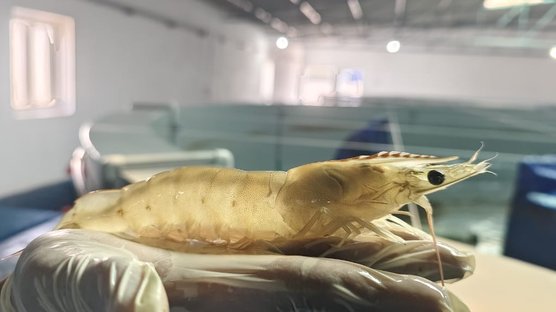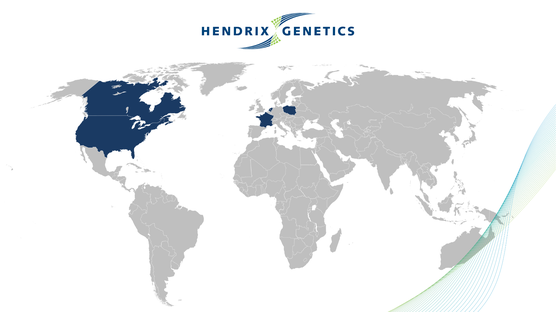
Published on Sept. 24, 2019
Cutting edge technology to identify one in a million
Accurate measurement of animals, especially body weight and size, is one of the most labor-intensive aspects of collecting data for our breeding programs. Especially for larger animals, such as turkeys and swine, weighing and identifying animals can be very time consuming and can compromise animal welfare.
Vision technology for identifying and measuring animals is an emerging technology that could offer huge benefits in the field of animal breeding and food production in general.
Machine vision can automatically visualize patterns and make decisions when sorting data. Many of us use this type of technology, in both direct and indirect ways. Whether opening our smart phone with a fingerprint, or travelling through airport security, machine vision is in action. One of the many applications of vision technology is in agriculture, particularly in animal breeding with the need to analyze and accurately identify animal characteristics as efficiently as possible. We have recently partnered with Plant & Food Research to develop the use of underwater vision technology. This project will focus on the use of this technology for measuring aquaculture breeding stock, using trout as a test case.
To accurately select the right animal, geneticists need to track bodyweight and morphometrics (the study of size and shape). In aquaculture, as with many other species, data collection on individual animals is a challenge. Conventional methods, such as weighing scales, are labor intensive and can compromise animal welfare. Underwater vision technology offers a solution to accurately and efficiently identify, measure, and select breeding stock.
Plant & Food Research has developed new image-based processes to measure a range of traits in fish automatically. The high throughput system uses species-specific distinguishing features, such as visual patterning akin to a fingerprint, to identify individuals and track their growth over time. This information can be used to identify individuals with the right characteristics to offer potential as parents in aquaculture breeding programs. The project will assess the viability of this technology in a commercial environment by performing a number of test cases in trout.

The use of vision technology in animal breeding will make selection processes more efficient for farm workers, more comfortable for animals, and will result in more accurate selection. This project is an exciting step in engaging with cutting edge technology for the benefit of the industry.



